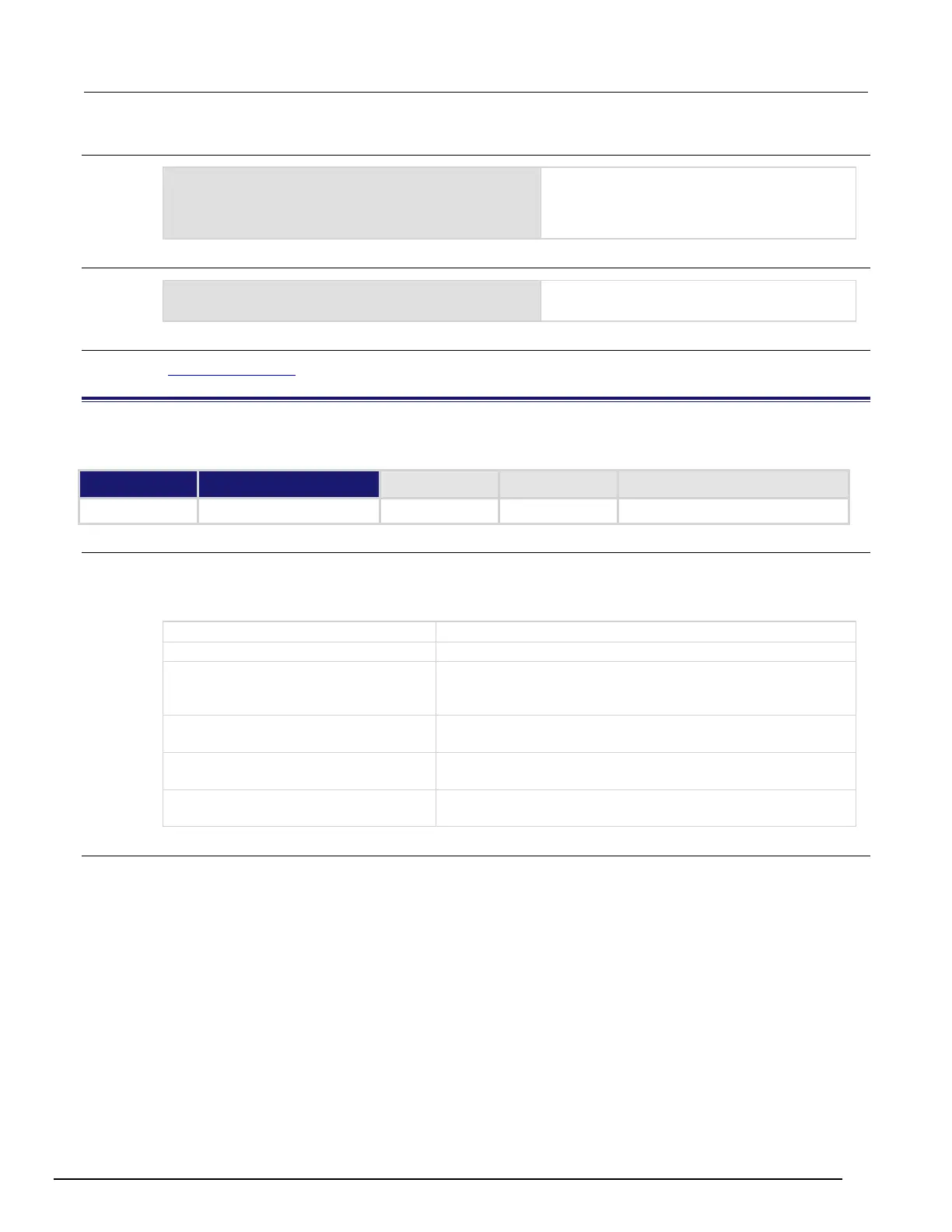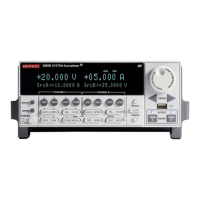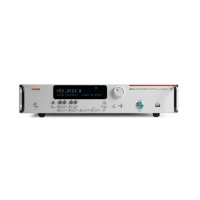System SourceMeter® Instrument Reference Manual Section 7:
2600BS-901-01 Rev. B / May 2013 7-153
Example 1
print(x)
Example of an output response message:
1.00000e+01
Note that your output might be different if you set
your ASCII precision setting to a different value.
Example 2
x = 10
print(tostring(x))
Example of an output response message:
10
Also see
format.asciiprecision (on page 7-92)
printbuffer()
This function prints data from tables or reading buffer subtables.
Type TSP-Link accessible
Affected by Where saved Default value
Usage
printbuffer(startIndex, endIndex, bufferVar)
printbuffer(startIndex, endIndex, bufferVar, bufferVar2)
printbuffer(startIndex, endIndex, bufferVar, ..., bufferVarN)
Beginning index of the buffer to print
Ending index of the buffer to print
Name of first table or reading buffer subtable to print; may be a
default buffer (defbuffer1 or defbuffer2) or a user-defined
Second table or reading buffer subtable to print; may be a default
buffer (
or
) or a user-defined buffer
The last table or reading buffer subtable to print; may be a default
buffer (
or
) or a user-defined buffer
One or more tables or reading buffer subtables separated with
commas
Details
The correct usage of this function for a buffer containing n elements is:
1 ≤ startIndex ≤ endIndex ≤ n
Where n refers to the index of the last entry in the tables to be printed.
If endIndex < startIndex or n < startIndex, no data is printed. If startIndex ≤ 1, 1 is used as
startIndex. If n < endIndex, n is used as endIndex.
When any given reading buffers are used in overlapped commands that have not yet completed (at least to the
desired index), this function outputs data as it becomes available.

